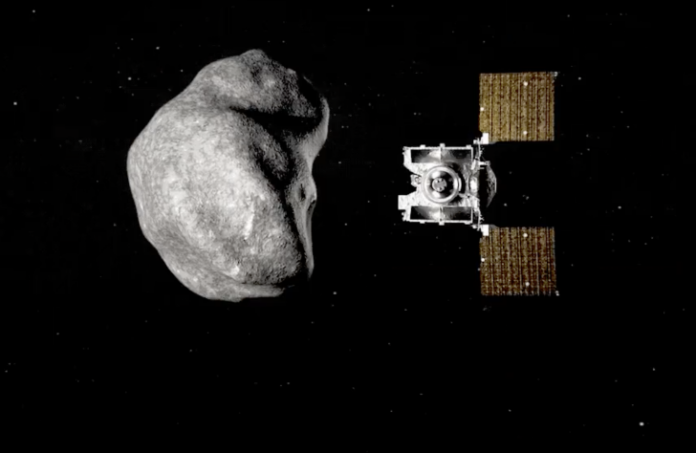
The National Aeronautics and Space Administration (NASA) is gearing up to collect the first American asteroid sample return from space. NASA's OSIRIS-REx (Origins, Spectral Interpretation, Resource Identification, Security, Regolith Explorer) mission has been flying in space for years now, and soon, a sample that the mission collected from the asteroid Bennu will land on Earth. This sample was ejected from the OSIRIS spacecraft earlier, and the probe is now on its way to another asteroid after being renamed to OSIRIS-APEX. The capsule with the samples from asteroid Bennu is slated to land later today at the Air Force's Utah Test and Training Range.
NASA's Astroid Sample Mission Slated To Land On Earth Soon After Spending Seven Years In Space
The asteroid from which today's sample mission is returning is not your everyday asteroid. In fact, researchers have determined that there is a chance for Bennu to impact Earth a little over a thousand years from now, and currently, the asteroid is traveling at 63,000 kilometers per hour. Based on orbital parameters, its closest distance to Earth is 430,000 kilometers, and according to estimates, Bennu can impact Earth in the year 2135. Such a collision should be more damaging than a random event.
The sample that will land was ejected from the OSIRIS spacecraft earlier today after ground controllers gave the go ahead. If they had not cleared the return mission, the spacecraft would have passed Earth and the next opportunity for a sample return would be in 2025. The spacecraft had fired its thrusters earlier this month to place it on an Earth trajectory, allowing it to attune its velocity relative to the Earth and prevent it from flying past it. OSIRIS-REx released the sample capsule at 6:42 a.m. Eastern time while it was 63,000 miles above the Earth's surface.

The capsule's reentry to Earth will be one of the most perilous portions of its journey since it will have to withstand extreme forces in the atmosphere. Reentry is slated to take place at an altitude of 433,000 feet while the sample return capsule is traveling at 27,000 miles per hour. Teh remainder of the return entry profile will be typically what is observed by other spacecraft, such as those returning from the ISS and Moon. First, the capsule's drogue parachutes will deploy to cut its speed, following which the main parachutes will deploy roughly five minutes before the capsule touches down in the desert.
The capsule itself is quite smaller when compared to other spacecraft. It weighs just 46 kilograms and 81 centimeters in diameter and 50 centimeters in height. Its journey between atmospheric reentry and landing is slated to take just 13 minutes. Due to its size, which makes tracking quite difficult, teams will also board helicopters and use the capsule's heat signature to provide tracking data to optical instruments, which will then chart out a return trajectory.
Rocks and material from the asteroid that are inside it will be made available to researchers worldwide for their use. After ejecting the capsule, the OSIRIS spacecraft, now called OSIRIS-APEX, will now journey to the asteroid Apophis. It is slated to reach the asteroid six years from now, after which it will orbit the asteroid for a year and a half.
WccftechContinue reading/original-link]




